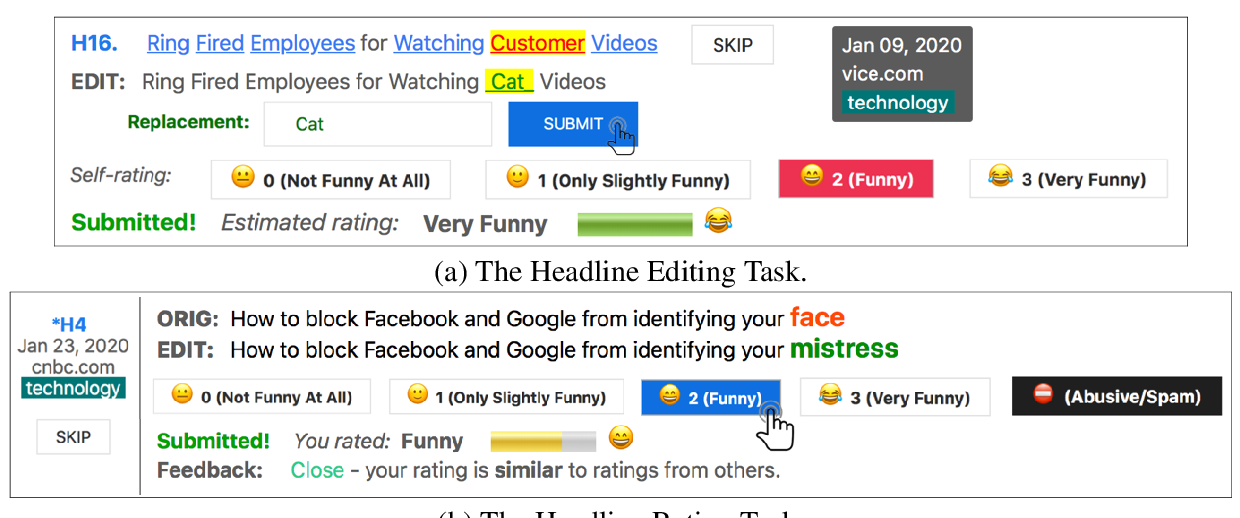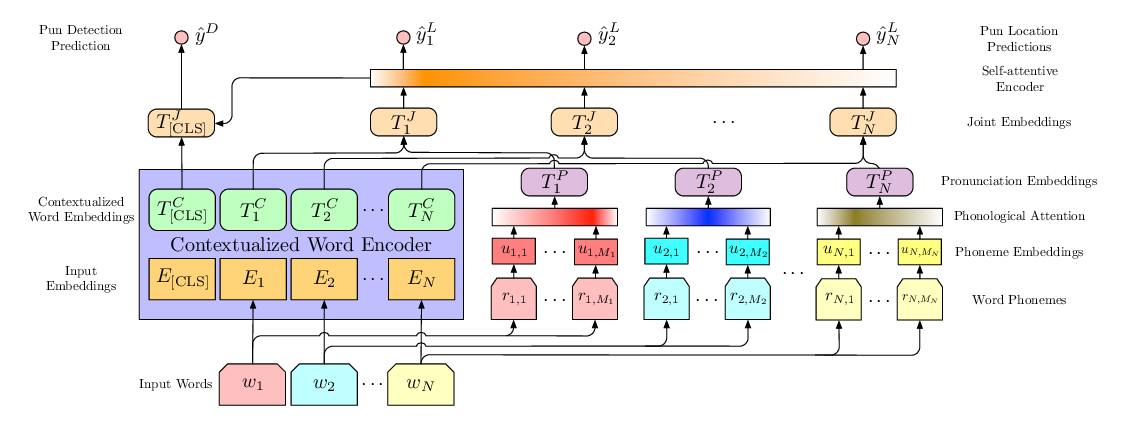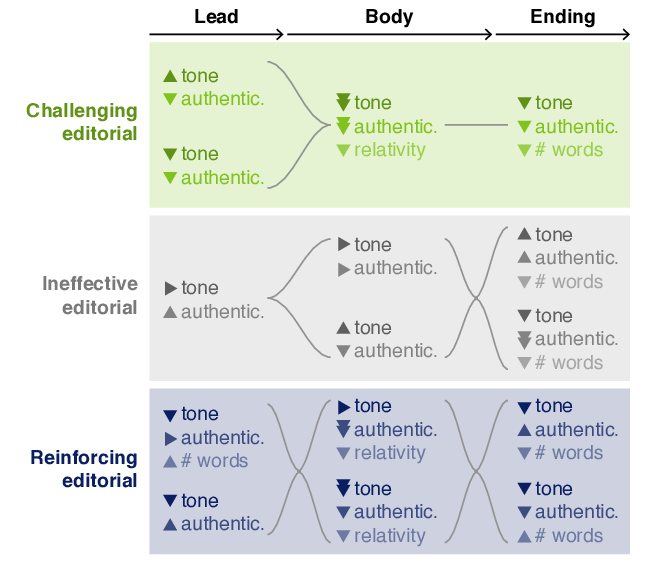Crossing the Line: Where do Demographic Variables Fit into Humor Detection?
J. A. Meaney
Student Research Workshop SRW Paper
Session 4A: Jul 6
(17:00-18:00 GMT)

Session 15B: Jul 8
(21:00-22:00 GMT)

Abstract:
Recent humor classification shared tasks have struggled with two issues: either the data comprises a highly constrained genre of humor which does not broadly represent humor, or the data is so indiscriminate that the inter-annotator agreement on its humor content is drastically low. These tasks typically average over all annotators' judgments, in spite of the fact that humor is a highly subjective phenomenon. We argue that demographic factors influence whether a text is perceived as humorous or not. We propose the addition of demographic information about the humor annotators in order to bin ratings more sensibly. We also suggest the addition of an 'offensive' label to distinguish between different generations, in terms of humor. This would allow for more nuanced shared tasks and could lead to better performance on downstream tasks, such as content moderation.
You can open the
pre-recorded video
in a separate window.
NOTE: The SlidesLive video may display a random order of the authors.
The correct author list is shown at the top of this webpage.
Similar Papers
Stimulating Creativity with FunLines: A Case Study of Humor Generation in Headlines
Nabil Hossain, John Krumm, Tanvir Sajed, Henry Kautz,

"The Boating Store Had Its Best Sail Ever": Pronunciation-attentive Contextualized Pun Recognition
Yichao Zhou, Jyun-Yu Jiang, Jieyu Zhao, Kai-Wei Chang, Wei Wang,

Analyzing the Persuasive Effect of Style in News Editorial Argumentation
Roxanne El Baff, Henning Wachsmuth, Khalid Al Khatib, Benno Stein,
